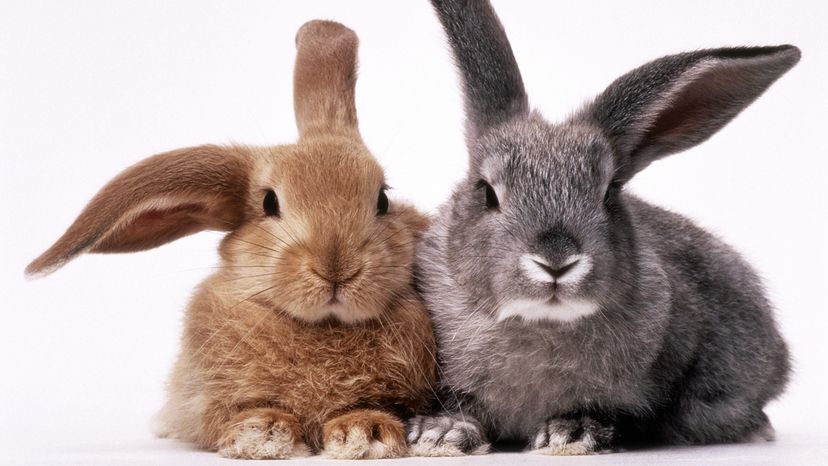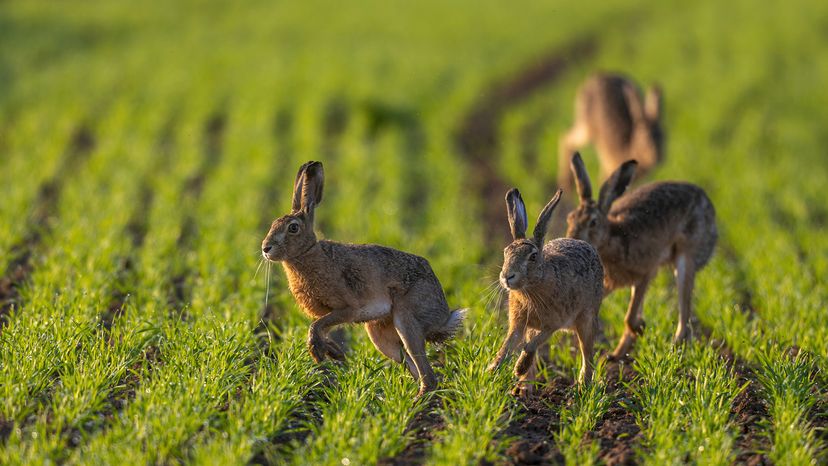Here are some important details about just what it is that makes rabbits unique:
1. Wild Rabbits Live in Close-Knit Communities for Protection.
Wild rabbits form social communities known as warrens, consisting of a dominant male (a buck), a dominant female (a doe), and their baby rabbits. Female rabbits within the same family often share burrows and exhibit other cooperative behaviors.
These intricate burrow systems provide shelter, security against predators, and a place where the entire community can share foraged food.
2. Rabbits Are Prolific Breeders.
Rabbits have evolved to have very rapid reproductive cycles to better ensure the survival of their species. Unlike some mammals, rabbits exhibit induced ovulation, where mating stimulates the release of eggs.
Rabbits also exhibit a phenomenon called "superfetation," which means female rabbits are capable of conceiving again shortly after giving birth. Following a gestation period of approximately 30 days, female rabbits will give birth to a litter of baby rabbits, called kittens or kits.
A litter might include as many as seven baby rabbits, with the average number varying depending on the breed.
3. Baby Rabbits Are Born Blind.
Rabbit kittens are born blind and rely wholly on their mother's care. Until they can see, these kits must rely on their keen senses and other family members for survival. For example, the mother rabbit nurses her offspring, providing essential nutrients for their growth and development.
Around 10 days old, a young rabbit begins to open its eyes, and within three weeks, its fur comes in, making it more closely resemble the adult rabbits.
4. Rabbit Species Are Highly Adaptable to Their Environments.
Every rabbit species has unique characteristics and adaptations. For example, cottontails, found in North America, boast shorter ears and tails, making them well-suited for their woodland habitats.
Rabbits like the brush rabbit, however, prefer dense vegetation for concealment. These diverse adaptations, ranging from their fur color to their body size, contribute to rabbits' success across different ecosystems.
5. Rabbit Fur Has Superior Insulating Qualities.
Rabbit coats consist of two types of hair: guard hairs and the soft undercoat, also known as the "down." The guard hairs provide protection and structure, while the down offers insulation. Because it's so soft, with a velvety texture, rabbit fur is a material in many different clothing items, like hats, gloves and scarves.
It comes in a range of colors, with some breeds exhibiting particularly unique characteristics. Angora rabbits, for instance, produce a silky, long-fibered fur known as angora wool — a highly valued material in the textile industry.
That said, the use of rabbit fur continues to spark debates about ethical considerations and animal welfare (don't get us started on the "lucky" rabbit's foot), and has led to increased advocacy for cruelty-free and synthetic alternatives throughout the fashion industry.

